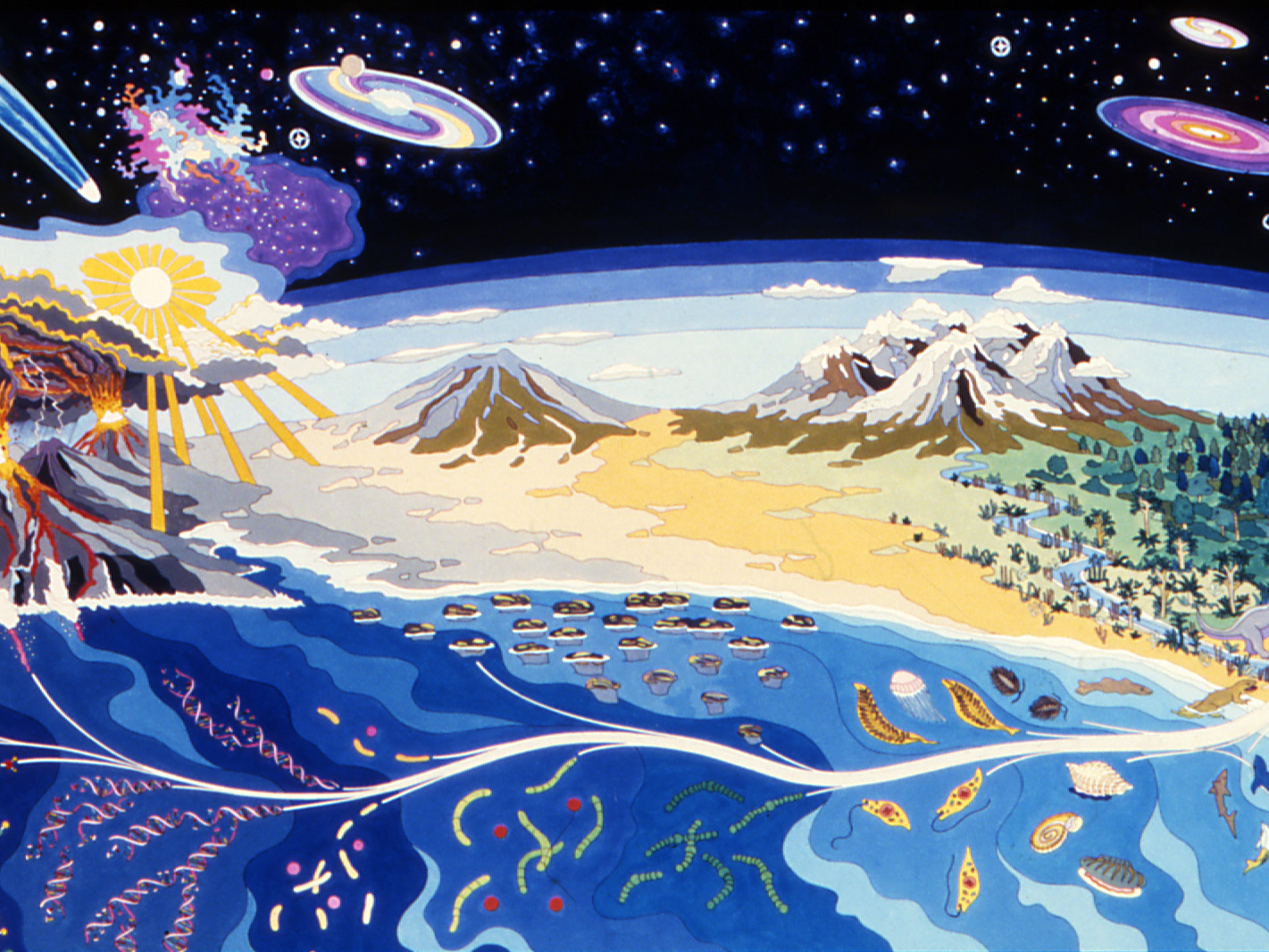
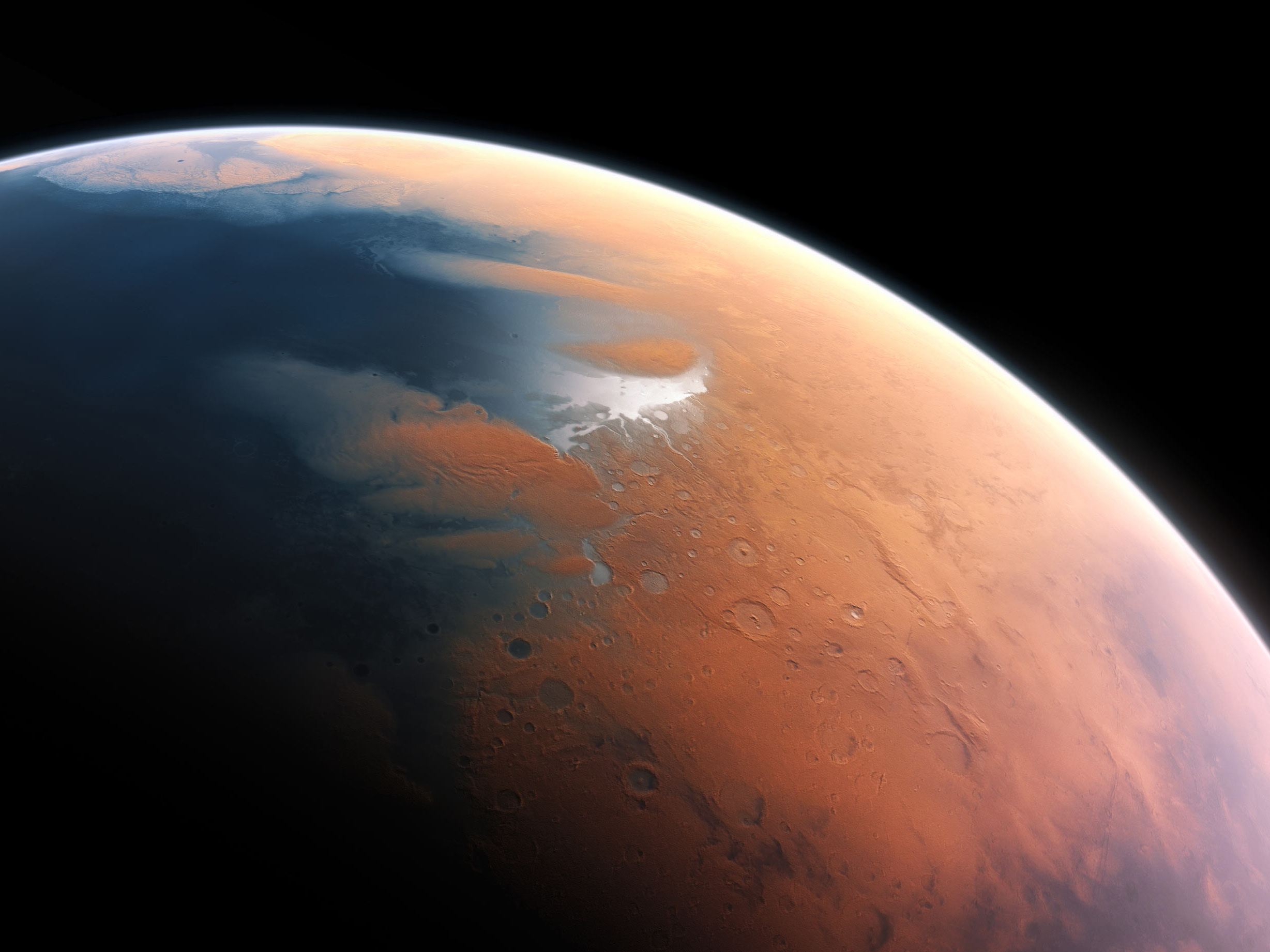
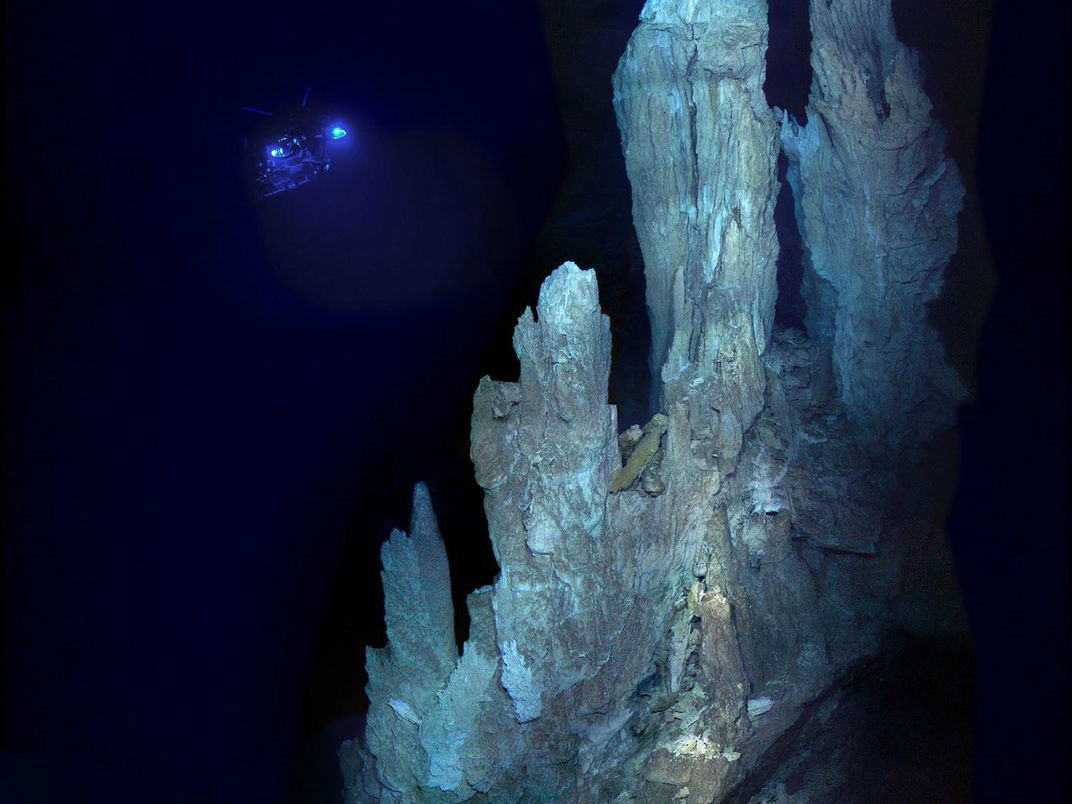
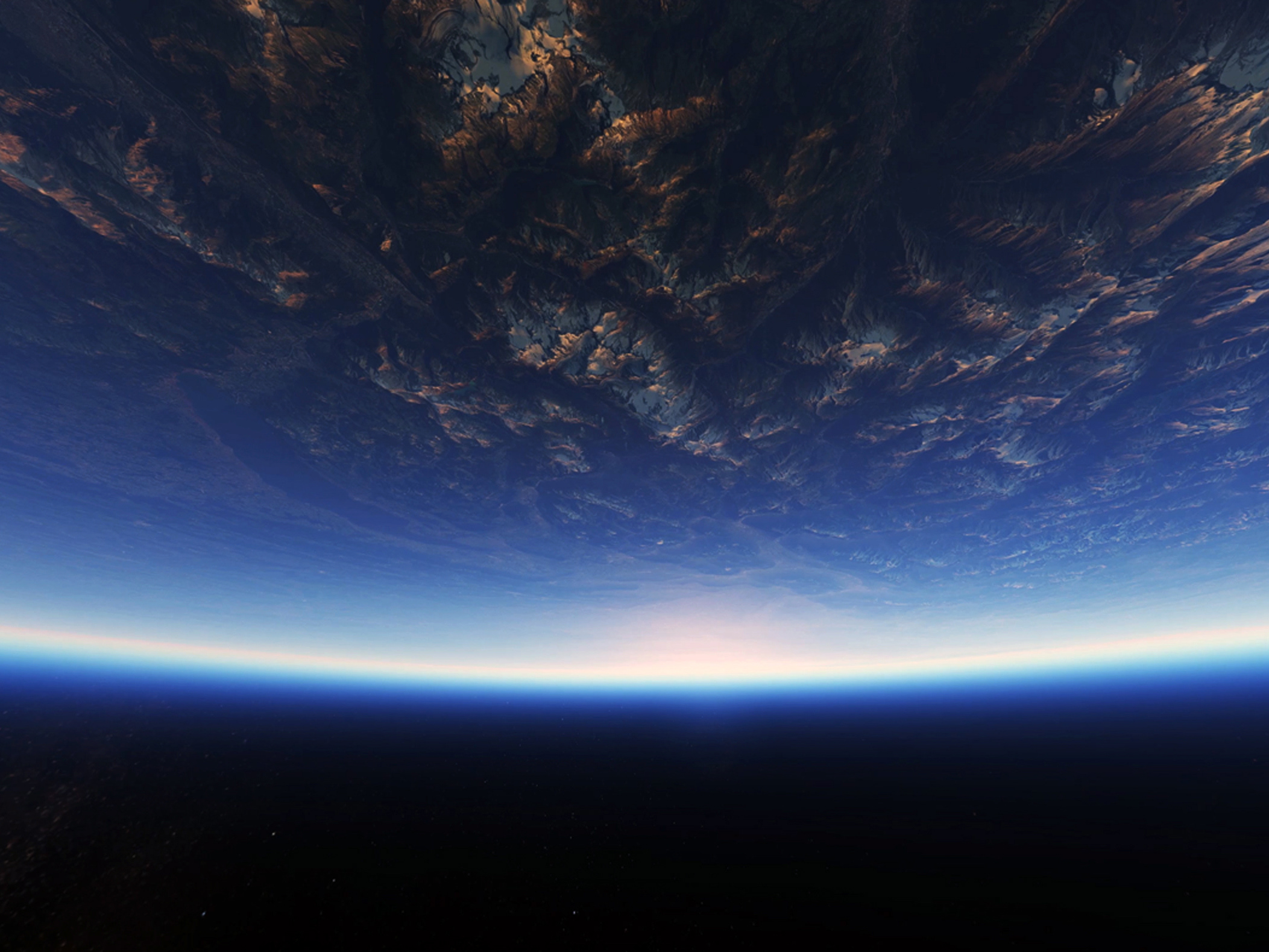
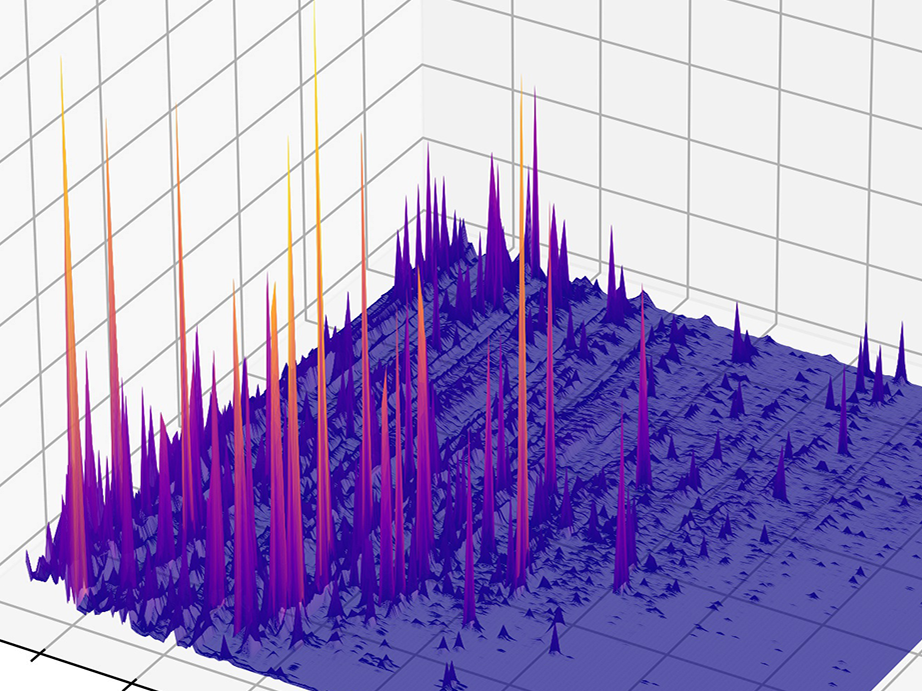


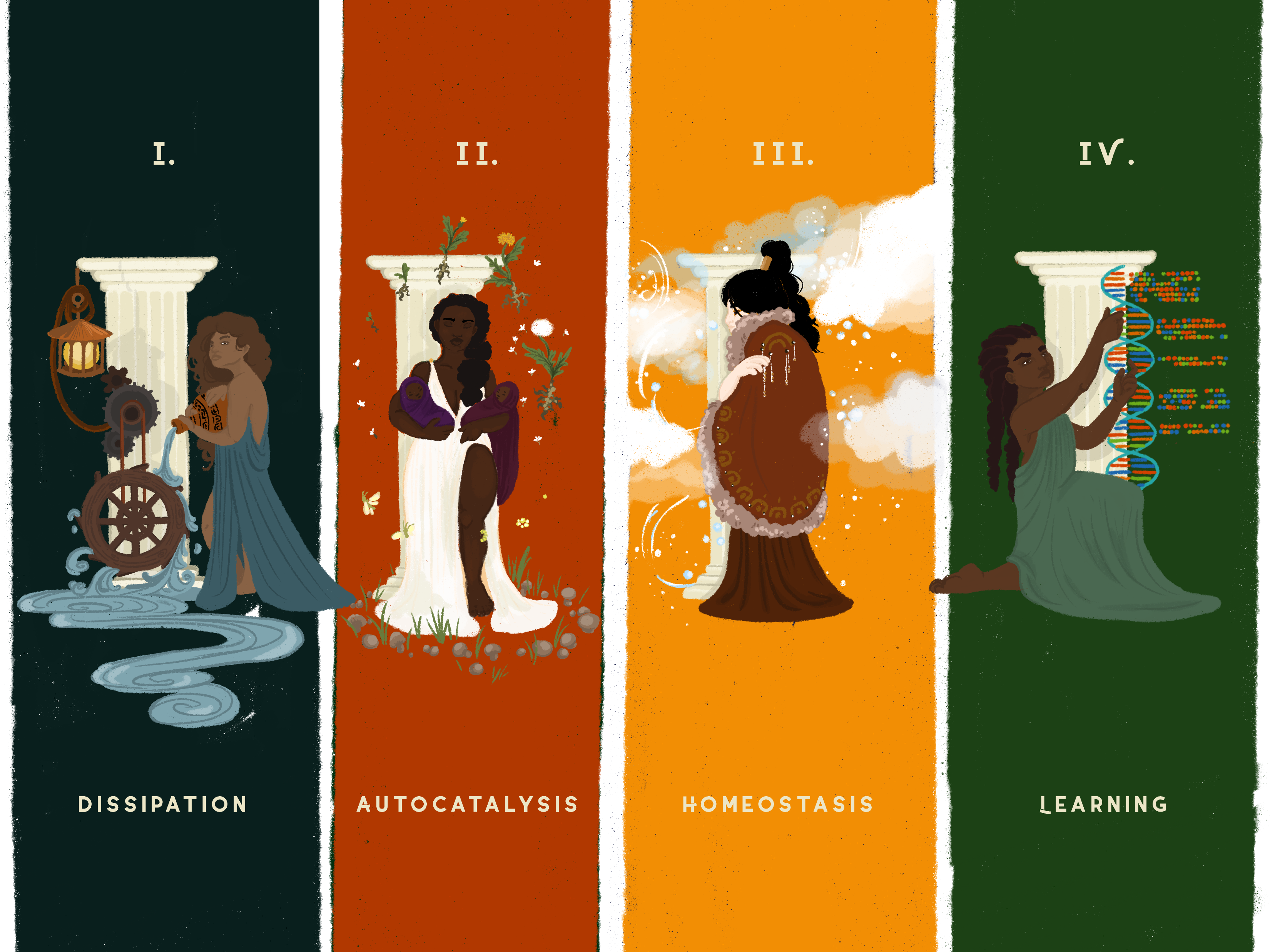


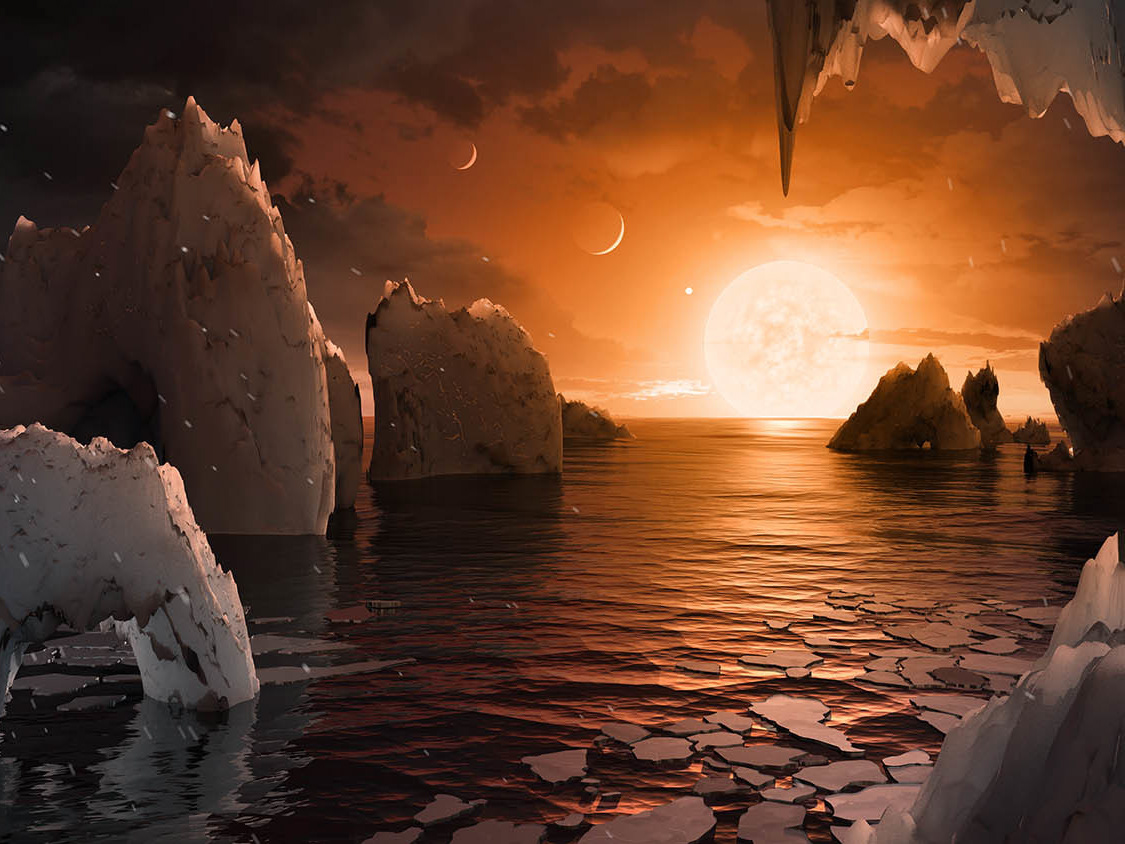

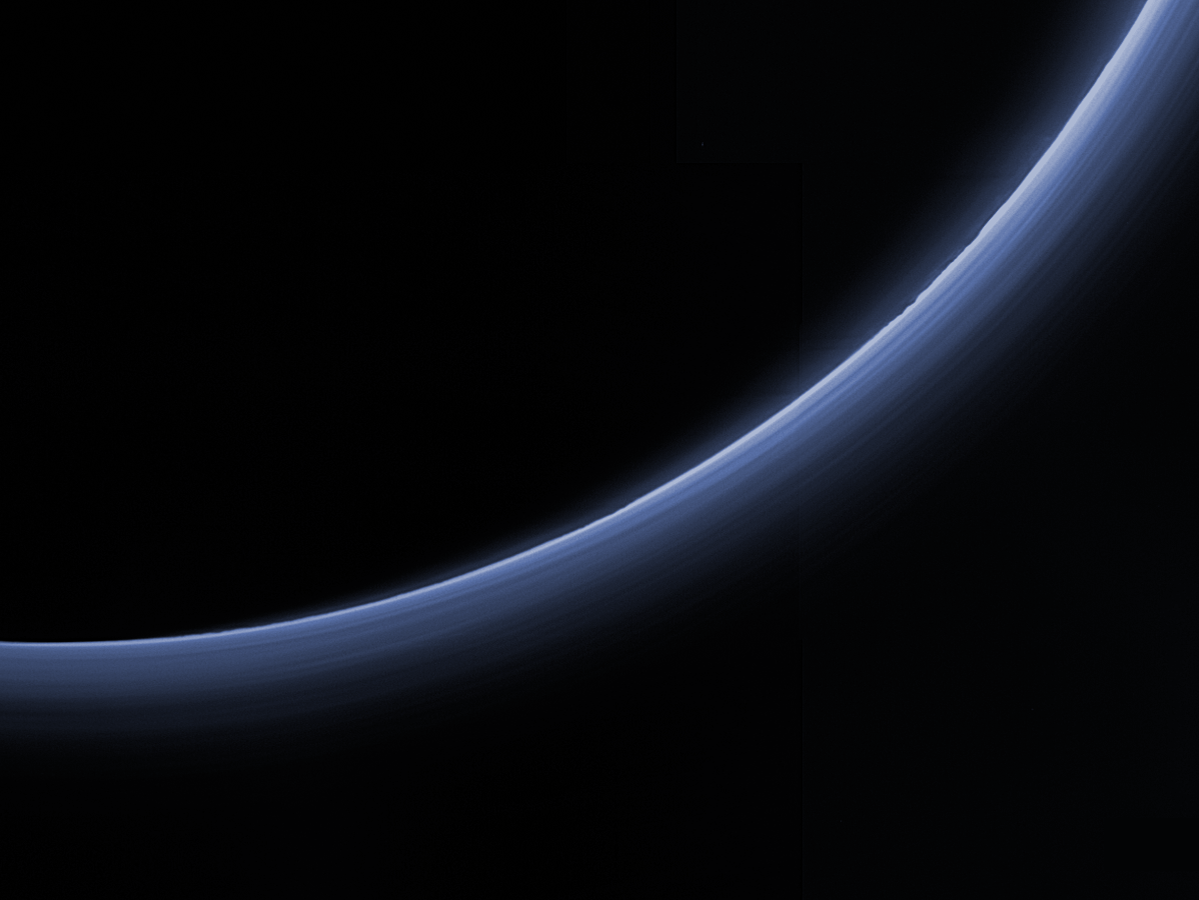
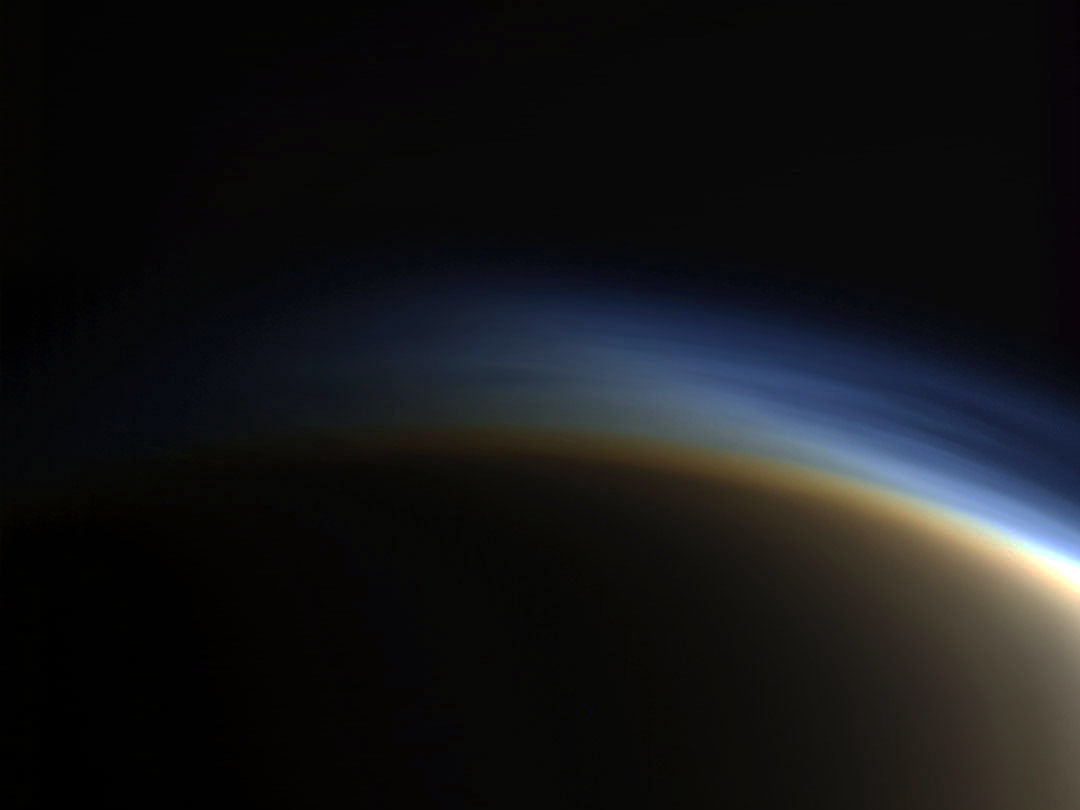
Saturn was the first planet I ever looked at through a telescope. Its magnificent rings were just a blur, but I could tell from its oddly misshapen figure that this planet was something else—something grand. I had an even more profound moment when I looked through the Great Lick historical 36-inch refractor telescope on Mt. Hamilton during my third year of college. The grandeur of the dome, the way one slew the telescope by hand, and the sliver of moonlight creeping in through the windows of the building added a tantalizing mystique to the already breathtaking encounter between my squinting eyes and Jupiter’s Galilean satellites. Science, and planets in particular, has a giddying effect on me. It's these personal discoveries that excite me, constantly reminding me that I am on the right track as a postdoctoral scholar at the Carnegie Institution for Science's Earth & Planets Laboratory in Washington, DC.
Saturn was the first planet I ever looked at through a telescope. Its magnificent rings were just a blur, but I could tell from its oddly misshapen figure that this planet was something else—something grand. I had an even more profound moment when I looked through the Great Lick historical 36-inch refractor telescope on Mt. Hamilton during my third year of college. The grandeur of the dome, the way one slew the telescope by hand, and the sliver of moonlight creeping in through the windows of the building added a tantalizing mystique to the already breathtaking encounter between my squinting eyes and Jupiter’s Galilean satellites. Science, and planets in particular, has a giddying effect on me. It's these personal discoveries that excite me, constantly reminding me that I am on the right track as a postdoctoral scholar at the Carnegie Institution for Science's Earth & Planets Laboratory in Washington, DC.